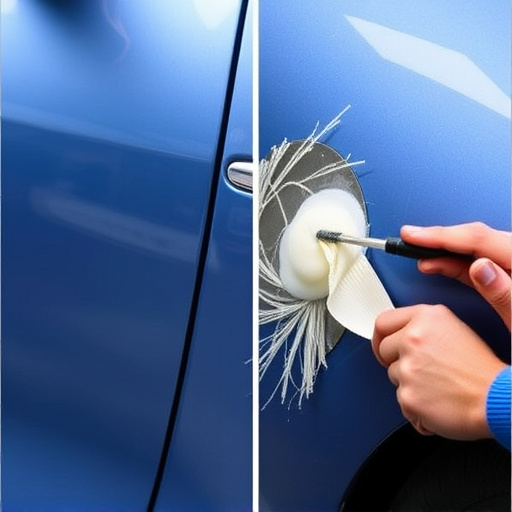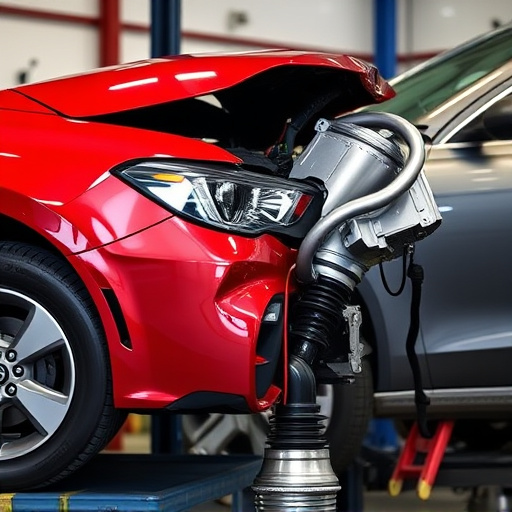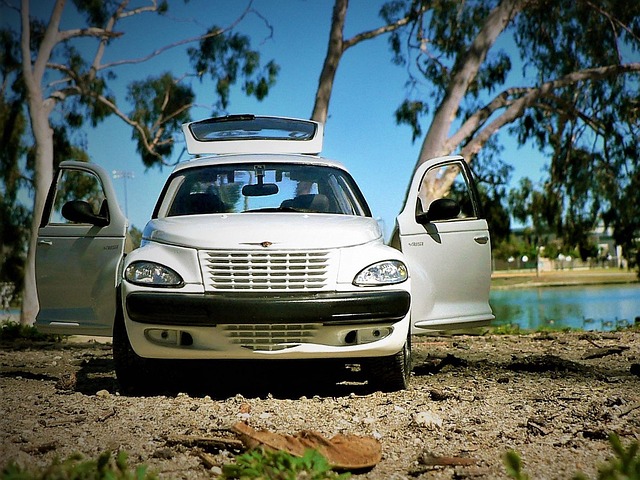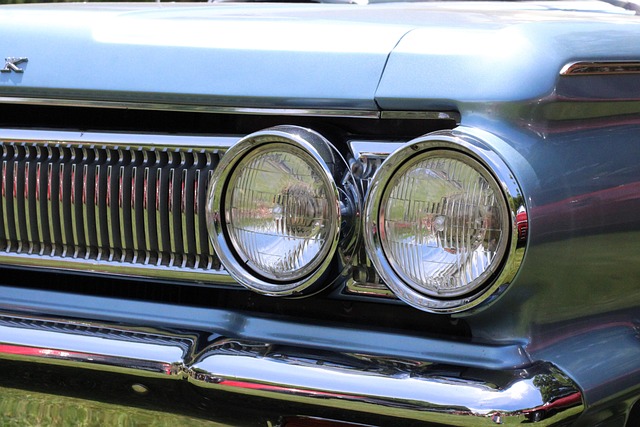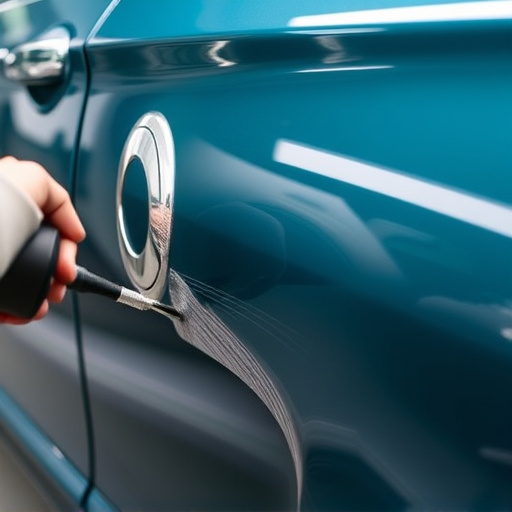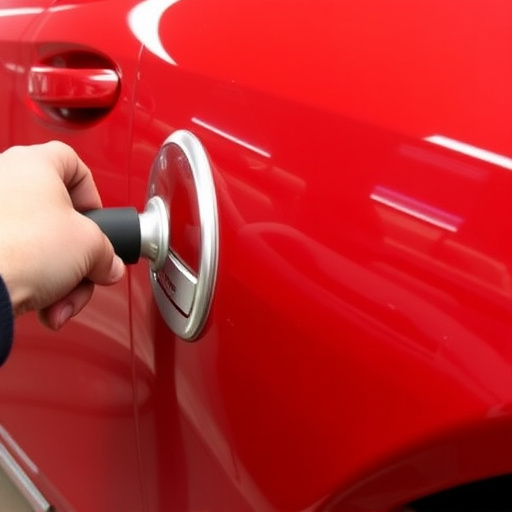Auto body collision repair begins with a detailed assessment to determine damage severity, followed by skilled technicians using specialized tools and techniques for restoration. Success relies on meticulous damage evaluation, strategic planning, and efficient execution. Optimizing repair timelines through standardization, advanced equipment, and staff training enhances quality and speed, meeting customer expectations in a competitive market.
“Uncover the secrets behind efficient auto body collision repair with our comprehensive guide. The process, though intricate, involves a strategic dance of parts replacement, meticulous painting, and precision assembly. This article dives into the key elements that define a successful repair timeline, from initial assessment to final touch-ups.
We explore how optimizing these timelines enhances both quality and efficiency, ensuring your vehicle returns to its pre-accident condition swiftly and reliably.”
- Understanding Auto Body Collision Repair Process
- Key Elements of a Successful Repair Timeline
- Optimizing Repair Timelines for Efficiency and Quality
Understanding Auto Body Collision Repair Process

The auto body collision repair process involves a meticulous series of steps to restore damaged vehicles to their pre-collision condition. It begins with an initial assessment to determine the extent of car damage repair required, which can range from minor dents and scratches to more complex structural issues. This critical phase sets the timeline and strategy for subsequent repairs.
Once the evaluation is complete, skilled technicians employ specialized tools and techniques tailored to each unique auto bodywork scenario. This may include removing dented panels, realigning damaged frames, and replacing parts like fenders or bumpers. The goal is not just to fix the visible car collision repair marks but also to ensure the vehicle’s structural integrity and safety. Throughout this process, precision and adherence to industry standards are paramount to guarantee a high-quality outcome for every auto body collision repair undertaken.
Key Elements of a Successful Repair Timeline
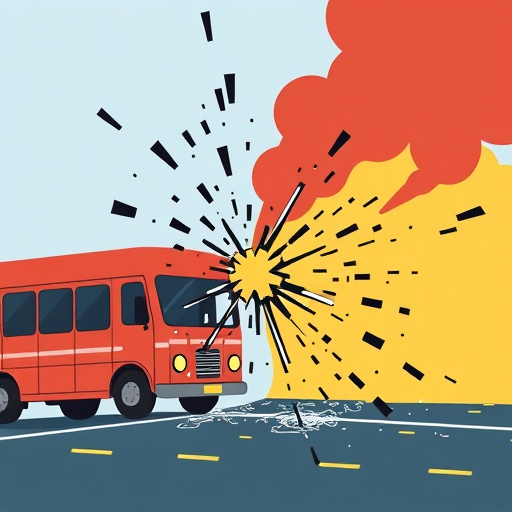
A successful auto body collision repair timeline is a well-choreographed dance between various key elements. Firstly, accurate damage assessment is paramount. Skilled technicians meticulously inspect the vehicle, identifying every dent, crack, or misalignment, to ensure a comprehensive understanding of the extent of the repair needed. This step sets the foundation for the entire process and ensures that no hidden issues are overlooked.
Once the damage assessment is complete, a precise repair plan is devised. This involves not only the physical repairs but also the scheduling of tasks. Efficient scheduling considers factors like part availability, technician workload, and the complexity of individual repairs. Balancing these elements ensures that each stage of the process flows smoothly, minimizing downtime and maximizing productivity in the automotive body shop. This strategic planning ultimately leads to faster turnaround times and higher customer satisfaction for collision repair services.
Optimizing Repair Timelines for Efficiency and Quality

Optimizing repair timelines in an auto body collision repair facility is a strategic move that significantly impacts efficiency and overall quality. By streamlining processes, shops can reduce turnaround times without compromising on the precision required for intricate vehicle repairs. One key approach involves implementing standardized protocols for common tasks like bumper repair or panel replacement. This ensures consistency and allows technicians to work more swiftly.
Additionally, investing in state-of-the-art equipment and training staff to use it effectively can dramatically enhance productivity. Modern automotive body shops often employ advanced tools that automate certain aspects of the repair process, thereby expediting overall timeline. Ultimately, combining efficient practices, skilled labor, and innovative technology sets the stage for delivering superior vehicle repairs in less time, catering to customers’ needs in a competitive market.
Auto body collision repair involves a meticulous process that requires careful planning and execution. By understanding the key elements of a successful repair timeline, shops can optimize efficiency while ensuring high-quality outcomes. Incorporating these strategies allows for faster turnarounds, happier customers, and a competitive edge in the auto body collision repair industry.
